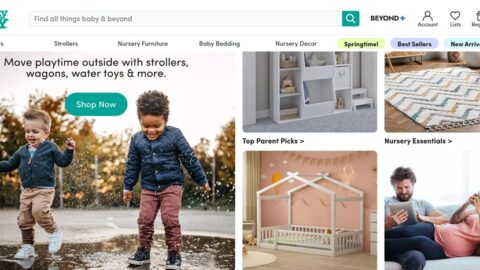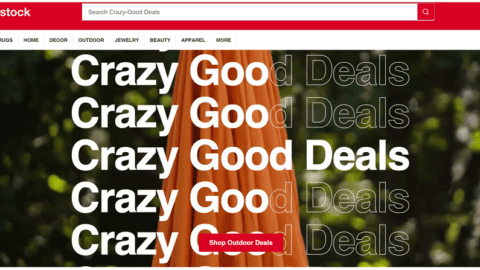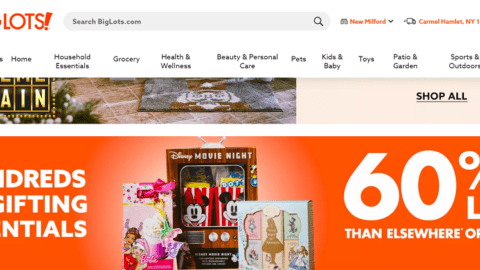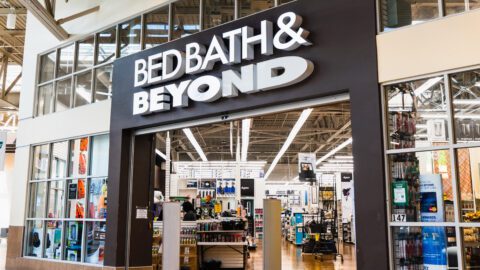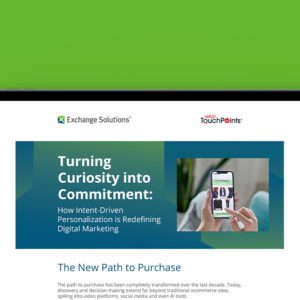When Bed Bath and Beyond purchased e-Commerce brand One Kings Lane in June for what was an undisclosed, all-cash sum, one fact was assured: the flash sales site was not worth anywhere near the $912 million valuation it held in early 2014.
But it appears Bed Bath And Beyond labeled the initial purchase price as “not material” for a reason; the retailer ended up purchasing One Kings Lane for less than $30 million, according to Recode.
At the time One Kings Lane had its valuation in January 2014, the retailer already raised $225 million in venture capital funding. While One Kings Lane’s had a fall from grace that didn’t deviate significantly from the rest of the flash sales vertical, the dive from valuation to final purchase value turned out to be much more dramatic than that of any of its contemporaries.
Advertisement
For example, Hudson’s Bay acquired Gilt Groupe for $250 million in January 2016, slightly less than one quarter of its initial $1.1 billion valuation. By a similar token, QVC purchased zulily for $2.4 billion in August 2015, for more than half the initial $4 billion valuation zulily received in 2014.
Comparatively, One Kings Lane was purchased at approximately 3% of its valuation, signaling that the company suffered from many more internal issues beyond its inability to make a profit. For one, the retailer’s flash sales model wasn’t apparel-based; as a home furnishing company, it had a hard time quickly turning around bulky items at a seasonal pace. Now, One Kings Lane functions as one of Bed Bath & Beyond’s numerous e-Commerce offerings, operating as an alternative to the home brand.
As successful e-Commerce brands continue to get scooped up for massive prices, whether it is Dollar Shave Club getting acquired for $1 billion or Walmart taking a $3.3 billion chance on Jet.com, One Kings Lane’s fall shows that brands must remain disruptive if they want to compete online in the long term. While One Kings Lane’s business model certainly felt disruptive when it was founded in 2009, right in the middle of a global financial crisis where shoppers preferred discounts wherever they could find them, the retailer failed to differentiate as the economy bounced back.




